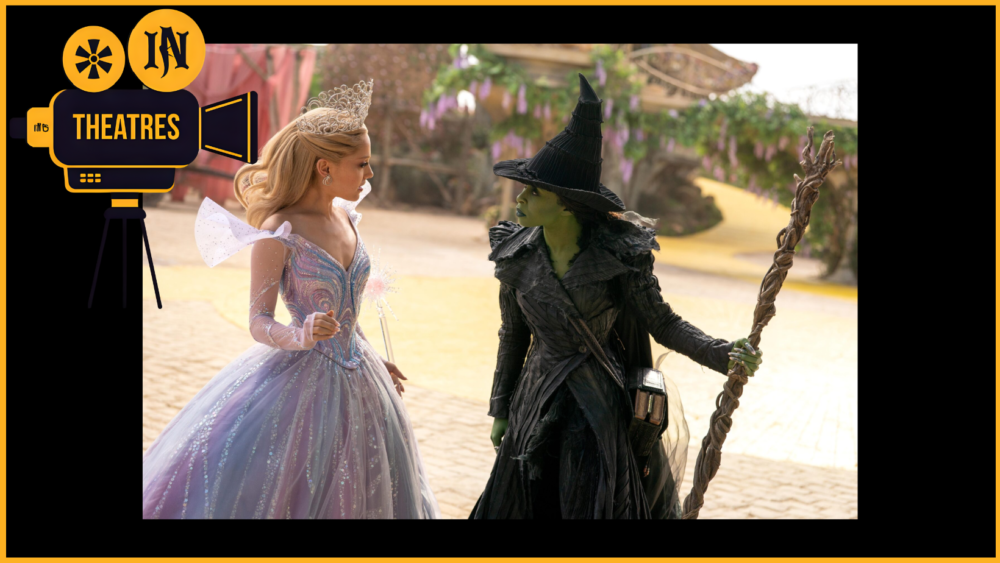Ray Tracing is worth the money. What kind of technology is this, what equipment is needed, what games is it supported? Here you will find the answers.
Ray tracing is a cutting-edge lighting technique that works with lighting. It models the light of the real world, or rather how it falls on objects. By reflecting and refracting light, ray tracing creates a more immersive environment. As a result, games look much more realistic than traditional static lighting. But what is ray tracing and how does it work?
What is Ray Tracing in Gaming?
Ray tracing is essentially a technique employed by certain games to replicate realistic lighting. In this process, each light source in a scene emits rays, which are then bounced around to accurately simulate lighting effects. However, this demanding task can strain hardware resources. Fortunately, leading graphics cards now feature dedicated hardware that efficiently handles the bulk of ray tracing computations.
What are the Hardware Requirements?
Initially, only gamers with the latest Nvidia graphics cards (RTX 20-series) had access to ray tracing. However, now there are 30-series and 40-series cards available. Nvidia even enabled ray tracing on older 10-series cards in 2019, albeit through software-level DirectX Raytracing (DXR). This expanded access to ray tracing visuals to a wider user base. The list of supported models includes GeForce GTX 1660 Ti, GeForce GTX 1660, Nvidia Titan Xp (2017), Nvidia Titan X (2016), GeForce GTX 1080 Ti, GeForce GTX 1080, GeForce GTX 1070 Ti, GeForce GTX 1070, and GeForce GTX 1060 6GB.
Not only gaming desktops, but laptops with equivalent Pascal and Turing-architecture GPUs are also compatible. The list of gaming laptops with RTX GPUs as an option is extensive, covering releases in recent years. Moreover, ray tracing is not limited to PCs. It is also supported by Xbox Series X, PlayStation 5, and some smartphones, such as the MediaTek Dimensity 9200 and Snapdragon 8 Gen 2. Although not required, you should also install a gaming VPN https://veepn.com/vpn-for-gaming/ so as not to put yourself at risk. A good VPN can increase your speed, unblock games, and protect you from hackers.
How does Ray Tracing Work in Gaming?
Ray tracing in video games simulates the behavior of light, including reflection, refraction, and absorption, to create a lifelike visual experience. Epic Games showcases ray-tracing effects alongside traditional effects in its Unreal Engine ray tracing guide.
The impact of ray tracing on graphics realism can be observed in a side-by-side comparison of Minecraft with and without ray tracing. Rather than considering light as originating from a source and bouncing around, ray tracing in games works in reverse.
Walt Disney Animation Studios provides a visual demonstration of the process, where a ray of light is cast into the scene and interacts with objects or simply travels into the sky. Depending on the objects it encounters, the ray can bounce off, change direction, or split into multiple rays. When a ray hits a light source after several interactions, the gathered information determines the pixel displayed on the screen. By assigning different material properties to objects, games can replicate realistic lighting effects that mimic how we perceive light in reality.
Games with Support Ray Tracing
Although it is impractical to provide a comprehensive list here, let’s highlight a few notable examples of games that embrace ray tracing:
- Cyberpunk 2077 shines with its impressive ray-tracing capabilities, especially when experienced in Night City. Exceptional views await those with appropriate hardware.
- Battlefield 2042 offers a complete package of Nvidia features – ray tracing, DLSS, and Nvidia Reflex. Not only does the game run smoothly and have stunning graphics, but players with compatible hardware also gain a competitive advantage.
- Fortnite has leaped forward by adding ray tracing support and DLSS, resulting in improved performance and visual enhancements such as ray-traced reflections, shadows, global illumination, and ambient occlusion.
- Even Minecraft has embraced Nvidia’s RTX technology to elevate its lighting effects, delivering surprising updates and enhancements to the game.
- In the year 3015, MechWarrior 5 vividly portrays the dominance of MechWarriors on the battlefield through immersive ray-traced visuals, effectively captivating players in epic battles.
Conclusion
More and more games are incorporating ray tracing, although implementing it can be resource-intensive. Despite potential impacts on frame rates, ray tracing offers significant improvements in graphical quality and overcomes certain limitations of current visual effects.
Currently, ray tracing is available in a decent number of games, but it is not yet widely implemented. Ray tracing games are AAA-level projects. Over time, as more players can upgrade to modern hardware, this technology will become more common. Even more games with ray tracing will see the world. Today, not all gamers have RTX series video cards, but within a year the price of this equipment has dropped by up to 60%.





